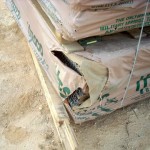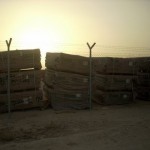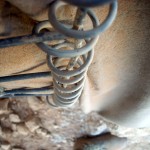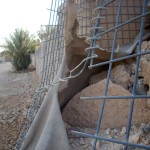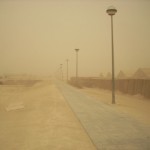I went on a Jane’s Walk yesterday through the Inwood neighborhood of Upper Manhattan, led by indefatigable local activist Pat Courtney. Pat knows a lot about Inwood, and this walk took us around to see some of the “contributing” buildings to the currently notional Inwood historic district. Buildings of historical interest are contributing; buildings without historical interest are noncontributing.
It’s nice to see that other people as well took time out of their weekend to go on this walk; we got to about 25 participants by the end, including local City Councilmember Ydanis Rodriguez, who lives in the neighborhood. He stayed for the whole thing and was not accompanied by staff members, which counts in my book as an expression of legitimate interest in the subject. Most of the folks were older than me, of the empty-nest generation that doesn’t have conflicting activities scheduled for Saturday morning.
At the RING Garden, at the intersection of Dyckman St & Riverside Drive & Broadway, Sandra Hawkins of Transportation Alternatives got up and spoke about how Dyckman Street had been the site of traffic violence for a hundred years or more, back to the time of the first West Side ferry that stopped at the western end of Dyckman Street, where it meets the river. That kind of history is important to remember, but not so important to preserve.
As we walked along, we saw multiple groups of recreational bicyclists, mostly headed uptown. I assume that they were enroute to rides through the Bronx and Westchester, or perhaps returning from spins in New Jersey on the west side of the George Washington Bridge.
From the standpoint of advocacy, I would call the walk a success in how it brought together multiple people of different viewpoints and backgrounds to share for the afternoon a single point of view, that Inwood had a distinctive history, worth commemorating, and that this history was told in part through its buildings and physical form. The effect of historic preservation is in its ability to unite buildings with their neighbors and to maintain the form of a neighborhood; traditional development relies on individual landowners making decisions about their property one at a time, without regard to the gestalt of the area.



